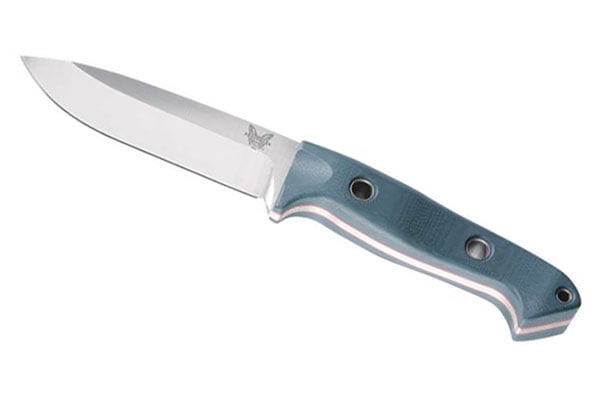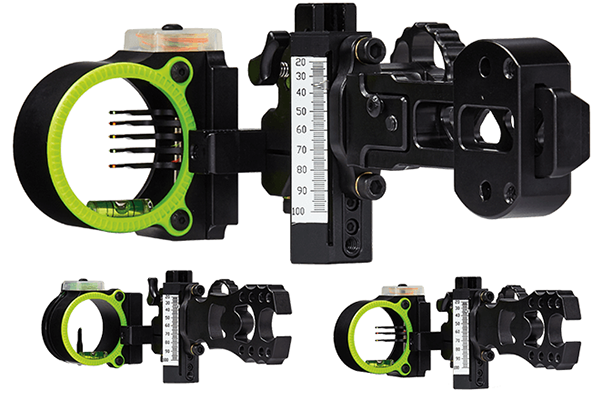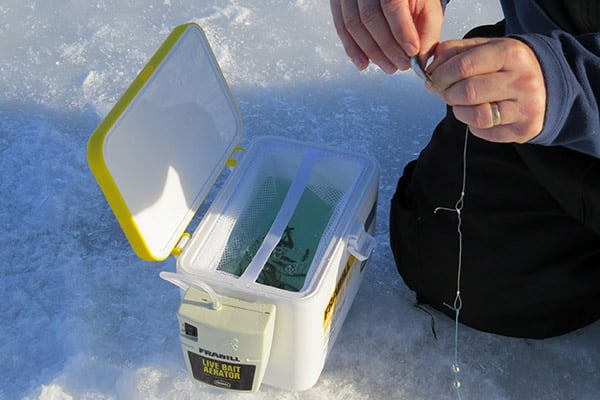Last Updated on
By David Link
When I was at the 2016 SHOT Show the other week, I got a chance to attend a Q&A and meet Les Stroud, better known as Survivorman. I’ve been an addict of his TV concept ever since it premiered something like 15 years ago, and it was nice to take a break from bustling around the showroom floor and see what he had to say about his career, upcoming shows, and the Camillus knives and other gear he was promoting. Well the Q&A was great, and it was refreshing to see that he was a humble, easy to approach guy, especially since you never know with film and TV stars.
That all aside, I also got a chance to look at some of the survival knives that he was promoting as well. I wouldn’t say they were bad, the new folding knife seemed fine, but I was concerned about its budget pricing of it and whether it would be worth purchasing. After all, I am a fan and I thought hey, a Les Stroud knife would be pretty cool to have, even if it ended up kicking around the house more than in my pack. (If anything, I thought the fold down survival slingshot was a pretty cool idea, and if I ever ended up getting way off the grid, that wouldn’t be a bad thing to bring along). Yet then I came to the fixed-blade survival knife kit, which I believe it was an update of the SK Mountain Ultimate Survival knife, in a new earth-colored finish. I picked it up and examined it, and I thought, ugh, this is bulky and maybe a bit wobbly and I would never fix it to my belt and go for a hike.
I’m a guy with a small build anyway, and there I realized that sleek design of the sheath was pretty important to me and would factor into my next fixed-blade purchase. Sure there were some cool ideas on the sheath like a signal mirror, paracord wrapped inside, a fire starter, etc. It’s not a bad idea to have them integrated in the sheath necessarily, because if you forget something or get separated from your pack they are right there on your belt. Regardless, the plastic feel of the sheath didn’t sit well with me and I couldn’t see myself buying it. This is not a dig at Stroud or the company since not every product is meant to work for everyone, but it got me wondering, what would be my ideal survival knife?
Necessary Characteristics
I already touched on one of my necessary characteristics, a sleek and manageable sheath for the knife. This is probably overlooked by many, but if you don’t feel comfortable wearing the knife, then chances are you won’t bring it along when you need it. I think it would be great to add a small pouch or slot for a flint stick in there, and since they are small and combo well with a knife anyway, I’d want it in there if I can get it. You’d also want a flat, thicker edge on one side of the blade to strike the flint with vs. using the blade itself. None of those double-sided dagger type blades for me, I’d end up gashing myself with one of those, and I probably won’t be trying to spear wild hogs with it, as cool as that sounds.

Let’s touch on some other characteristics I would look for in a knife:
- Fixed-blade knife – A must have for any survival knife. A folding knife can be just fine for a lot of tasks, but you need the extra strength of a fixed-blade knife for survival applications.
- Drop point blade – From all that I have read, I believe this would be the best all-around point for a survival blade. A clip point wouldn’t be a bad choice either.
- No serrated edge – In theory a serrated edge sounds useful, but a good straight-edged blade should overcome any task that a serrated edge can. Serrated edges are also harder to sharpen, and this is another reason I’m inclined to pass since regular sharpening is something that is very important for any survival knife.
- Full tang – Part of the strength of a fixed-blade knife comes in a good, solid one piece tang to match it. There’s no storing fire starting gear or other items in the handle.
- Non-slip handle – Many non-slip handles might not be as stylish, but when you’re in the elements the last thing you want to do is slice your hand because the knife handle is wet. I’d take a handle that is going to stay firmly positioned in my hand over anything else, and a well-designed finger guard might be a worthwhile feature to look for.
- Extended pommel – Ideally I’d like to look for a knife with an extended pommel, or the butt of the knife. This can be key in tasks like pounding and hammering, and an extended pommel reduces wear on the handle and gives a leg up in hammering-type tasks. An extended pommel is also a good sign that the knife has quality, full tang construction.
- Length – Generally 4-5″ of blade and 5-7″ of handle are good guidelines for a manageable survival knife. Anything smaller or larger could become dangerous to use in certain survival tasks.
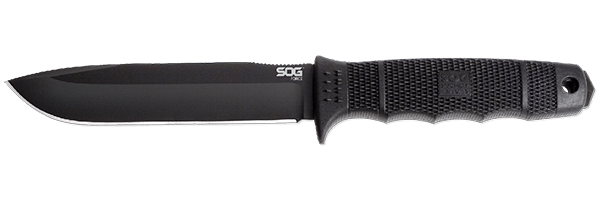
Carbon Or Stainless Steel
This is a common question, and I think many are swayed by the longevity advantages of stainless steel. However to back up and explain, stainless steel is resistant to rust and therefore easier to care for long term, but it suffers in other categories and it is easier to break and harder to sharpen than carbon steel. On the other hand, carbon steel is much harder and easier to sharpen (as well as generally sharper overall), but it can rust fairly quickly when it is not kept clean, oiled and dry. Initially you would think durability is very important in an extended survival situation, and therefore stainless is the choice. But I would opt for carbon because it is sharper, and I’ll take a very sharp blade in survival over anything else. The thing is, it’s good motivation to keep the carbon steel in good shape when I’m casually using it, but when it comes to a life or death situation, I’m going to go all out and use the knife to keep me alive, even if it means that it’s trashed after the ordeal is over. So be it, I’ll just hang it on the wall as a trophy!
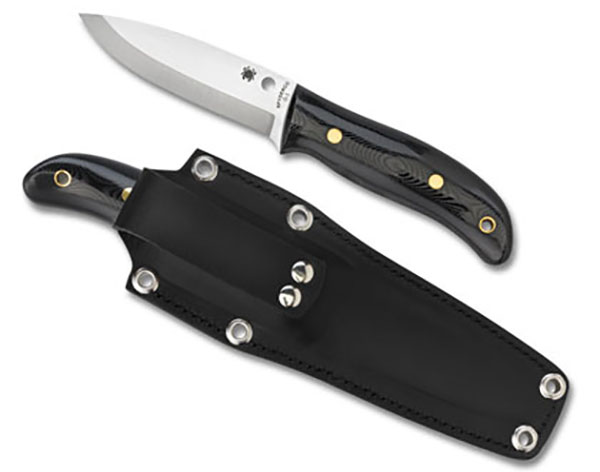
The thing is, corrosion of carbon steel is a complex thing, and there are many factors involved in how fast it rusts. Cleaning, wiping and drying a carbon steel blade would go a long way to keeping it in working condition even in a survival situation, but with even just a day of constant exposure to the elements, the blade would likely begin to corrode. It would be interesting, and a little expensive, to do a test on how quickly a carbon blade would rust with constant exposure, but even that would be an estimate since the pH levels of the area and other variables could change the timeline. Suffice it to say, that proper care with a carbon blade should keep it ready to go for the survival situation you never hope to experience.
Final Thoughts
It’s really up to you how you want your survival knife to look and function. I don’t see myself splitting much wood with my survival knife, but I could definitely see myself shaving tinder off a log or cutting branches down for a shelter with a survival knife, among other tasks. It would also depend on your environment, and I’m thinking of the Rocky Mountains for this article while others may be envisioning their local terrain. Regardless, make sure you pick the right knife for you, not what other guys say is the best one out there. As for Les Stroud’s signature series, I’ll pass on the knife but I may check out the survival sling shot or one of the pre-made survival kits. What I definitely won’t miss out on is more Survivorman episodes, and you shouldn’t either.
Interested in more? Check out: Why Use A Binocular Harness?
Shop gritroutdoors.com
